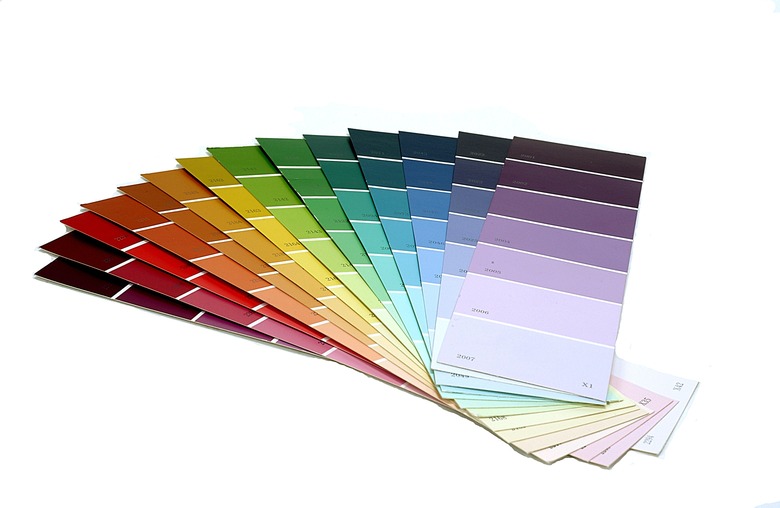Limitations Of The Colorimeter
Colorimeters are devices that measure the color of an object or substance and categorize it according to a color chart. They can be used to detect the presence of chemical substances in water, to grade diamond jewelry, or even to help a color blind person pick out a new piece of clothing at a store. However, colorimeters are known to have certain limitations.
Handheld Colorimeters
Handheld Colorimeters
Handheld colorimeters can be used to determine the color of an object, such as a piece of clothing. For this reason, they can be useful to people who are color blind. For example, if a color blind person must purchase a red dress for a social occasion, she can use a handheld colorimeter at the clothing store to determine not only if the dress is actually red but which specific shade of red it is. However, handheld colorimeters are not able to work effectively past a certain distance. In addition, ambient lights or changes in the brightness of the lights in the store can affect the accuracy of the colorimeter. Patent Storm notes that the colorimeter must also be calibrated every time it is used
Chemical Colorimeters
Chemical Colorimeters
Chemical colorimeters are devices that test for the presence of normally colorless chemicals in water by causing them to develop a color reaction and then comparing the results to a known body of data about the reactions of different substances. One limitation of the chemical colorimeter is that some substances have variances that can cause an inaccurate test result. As these variances are different for every substance, the chemical colorimeter alone is not a completely foolproof testing device, according to Global Water Instrumentation.
The Gran Colorimeter
The Gran Colorimeter
The Gran Colorimeter is used to measure the specific color of a gemstone, such as a diamond. For example, a diamond sold as "colorless" and appearing nearly so to the naked eye may actually have a faintly yellow quality to it, lowering its value. Although the Gran Colorimeter has been found to be very accurate, says Good Old Gold, it has a difficult time with more exotic diamond shapes, such as the princess cut or the asscher.
Improving Colorimeters
Improving Colorimeters
Because colorimeters have limitations, attempts are sometimes made to improve the design. The Gran Colorimeter has gone through at least two re-designs in an attempt to improve accuracy and minimize the limitations of the device. Patents have been registered for a portable colorimeter with an improved ability to operate at a distance and retain its accuracy despite variations in the light. According to the patent description, this device can also be used effectively without having to be recalibrated every time it is used.
References
Cite This Article
MLA
Thompson, Scott. "Limitations Of The Colorimeter" sciencing.com, https://www.sciencing.com/limitations-colorimeter-8764193/. 24 April 2017.
APA
Thompson, Scott. (2017, April 24). Limitations Of The Colorimeter. sciencing.com. Retrieved from https://www.sciencing.com/limitations-colorimeter-8764193/
Chicago
Thompson, Scott. Limitations Of The Colorimeter last modified March 24, 2022. https://www.sciencing.com/limitations-colorimeter-8764193/
